Mongolian Nadam Festival
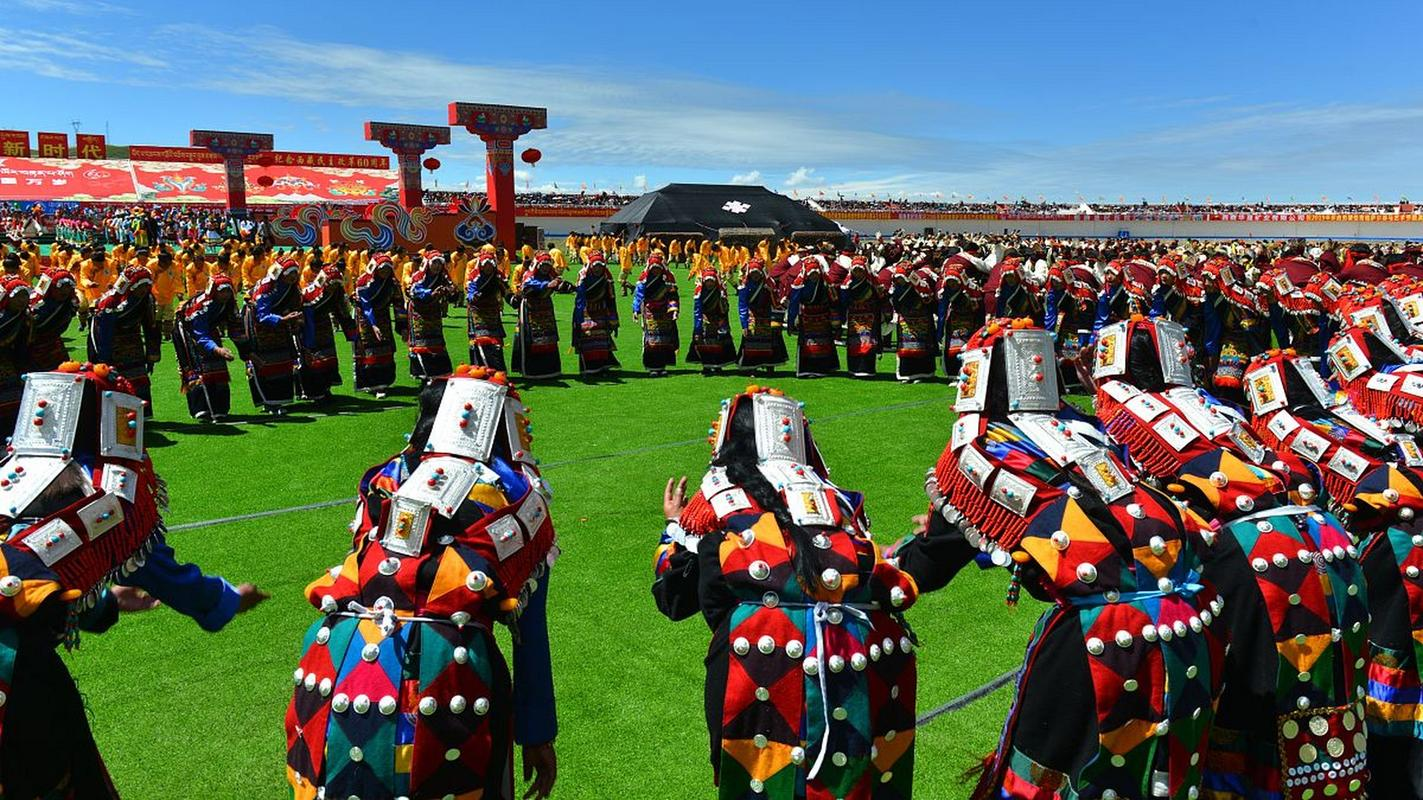
Horse racing at the Nadam Festival

Horse racing at the Nadam Festival
The Nadam Festival is the most representative traditional festival of the Mongolian people. "Nadam" means "entertainment" or "game" in Mongolian. The history of this grand event can be traced back to the early 13th century, when Genghis Khan united the Mongolian tribes. To celebrate victories and display military strength, large-scale gatherings were frequently held.
Through historical evolution, the Nadam Festival gradually developed from a simple military review and celebration into a comprehensive ethnic festival integrating sports competitions, cultural entertainment, and material exchange. According to historical records, during the Yuan Dynasty, the Nadam Festival had already formed a relatively fixed format, including three basic events: archery, horse racing, and wrestling.
During the Ming and Qing Dynasties, the Nadam Festival further developed and was widely held not only in Mongolian-inhabited areas but also became an important platform for exchanges between various ethnic groups. After the establishment of the Inner Mongolia Autonomous Region in 1947, the Nadam Festival was endowed with new connotations of the times, becoming an important carrier for showcasing the charm of grassland culture and promoting ethnic unity.
Horse-head fiddle performance during the Nadam Festival
The core content of the Nadam Festival is the three traditional competitive activities known as the "Three Arts of the Grassland": wrestling, horse racing, and archery. These three activities not only demonstrate the physical strength and skills of the Mongolian people but also carry rich cultural connotations.
Bökh is traditional Mongolian wrestling, known as the first of the "three arts of men," with a long history. Bökh competitions are usually held on flat grassland. Participants wear special wrestling uniforms called "Zhodag," with the upper garment being a sleeveless jacket made of multiple layers of canvas or leather, and pants sewn from white silk.
The rules are simple but strict: a competitor is considered defeated if any part of their body above the knee touches the ground, or if their back touches the ground. Bökh competitions are not divided by weight class and have no time limit, fully embodying the grassland cultural spirit of "fairness, strength, and skill."
Exciting moments in traditional Mongolian wrestling competitions
Horse racing is one of the most spectacular events at the Nadam Festival, divided into three forms: gait racing, speed racing, and trot racing. Horse racing competitions usually have long courses, ranging from a few kilometers to dozens of kilometers, testing both the speed and endurance of the horses, as well as the riding skills of the jockeys.
In traditional horse racing, most of the participating horses are Mongolian horses. Although these horses are smaller in size, they have extremely strong endurance and excellent adaptability to the grassland environment. Horse racing is not just a competition of speed; it is also the inheritance and promotion of horse culture by the Mongolian people.
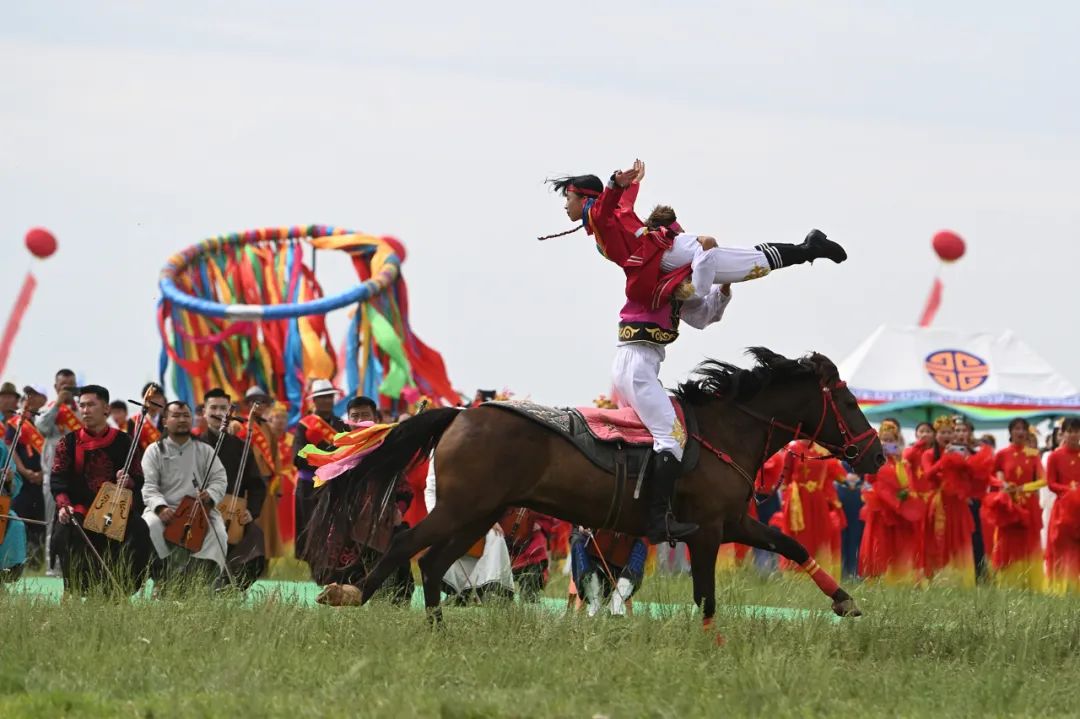
Horse racing riders galloping on the grassland
Archery has important military significance in Mongolian history and has gradually evolved into a traditional sport over time. The archery competitions at the Nadam Festival are divided into static shooting and mounted shooting, using traditional horn bows and wooden arrows.
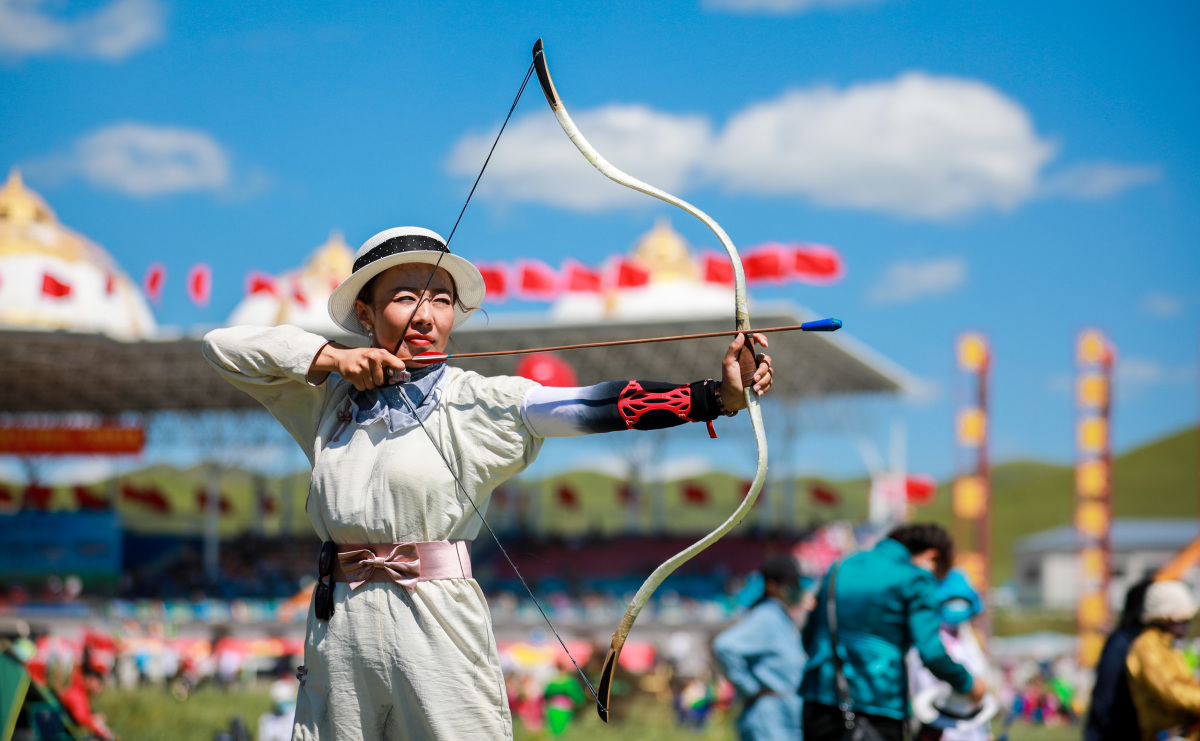
Archery competition at the Nadam Festival
The rules usually involve shooting at fixed or moving targets within a specified distance, with the winner determined by the number and accuracy of hits. Archery not only requires precise aiming ability from the competitors but also good psychological quality and stable performance.
The Nadam Festival is not only a sports event but also a concentrated display of Mongolian culture. During the festival, in addition to fierce competitive competitions, there are also rich and colorful cultural activities, such as Mongolian song and dance performances, traditional costume displays, and handicraft exhibitions.
The Nadam Festival is an important occasion to showcase traditional Mongolian costumes. Traditional Mongolian costumes have distinctive ethnic characteristics, mainly including Mongolian robes, belts, boots, and headwear. There are differences in style, color, and decoration of costumes among Mongolian people from different regions and with different identities.
Men often wear blue, brown, or gray Mongolian robes with wide red, green, or yellow belts around their waists; women prefer to wear colorful Mongolian robes with various exquisite headwear and accessories. These costumes are not only practical, adapting to the climate conditions of the grassland but also reflect the Mongolian people's yearning for and pursuit of a better life.
During the Nadam Festival, the grassland is filled with joyful singing and dancing everywhere. Traditional Mongolian music is mainly based on instruments such as the horse-head fiddle, four-stringed instrument, and flute, with melodious tunes and lively rhythms. "Long songs" and "short songs" are the two major types of Mongolian folk songs; the former has extended melodies, while the latter has compact rhythms, each with its own characteristics.
Mongolian dance is represented by the "Andai dance," "chopstick dance," and "cup dance," with bold, powerful movements full of passion. These singing and dancing arts not only enrich the content of the Nadam Festival but also become important carriers for the inheritance of Mongolian culture.
During the Nadam Festival, the Mongolian people prepare rich traditional cuisine to entertain guests. Hand-grabbed mutton, whole roasted lamb, milk tea, milk curd, and cheese are essential foods. These delicacies are not only delicious but also reflect the dietary wisdom and cultural characteristics of the Mongolian people.
Among them, whole roasted lamb is the highlight dish at the Nadam Festival, symbolizing hospitality and wishes for a better life. While enjoying the food, people also hold traditional toasting ceremonies to express blessings and respect for each other.
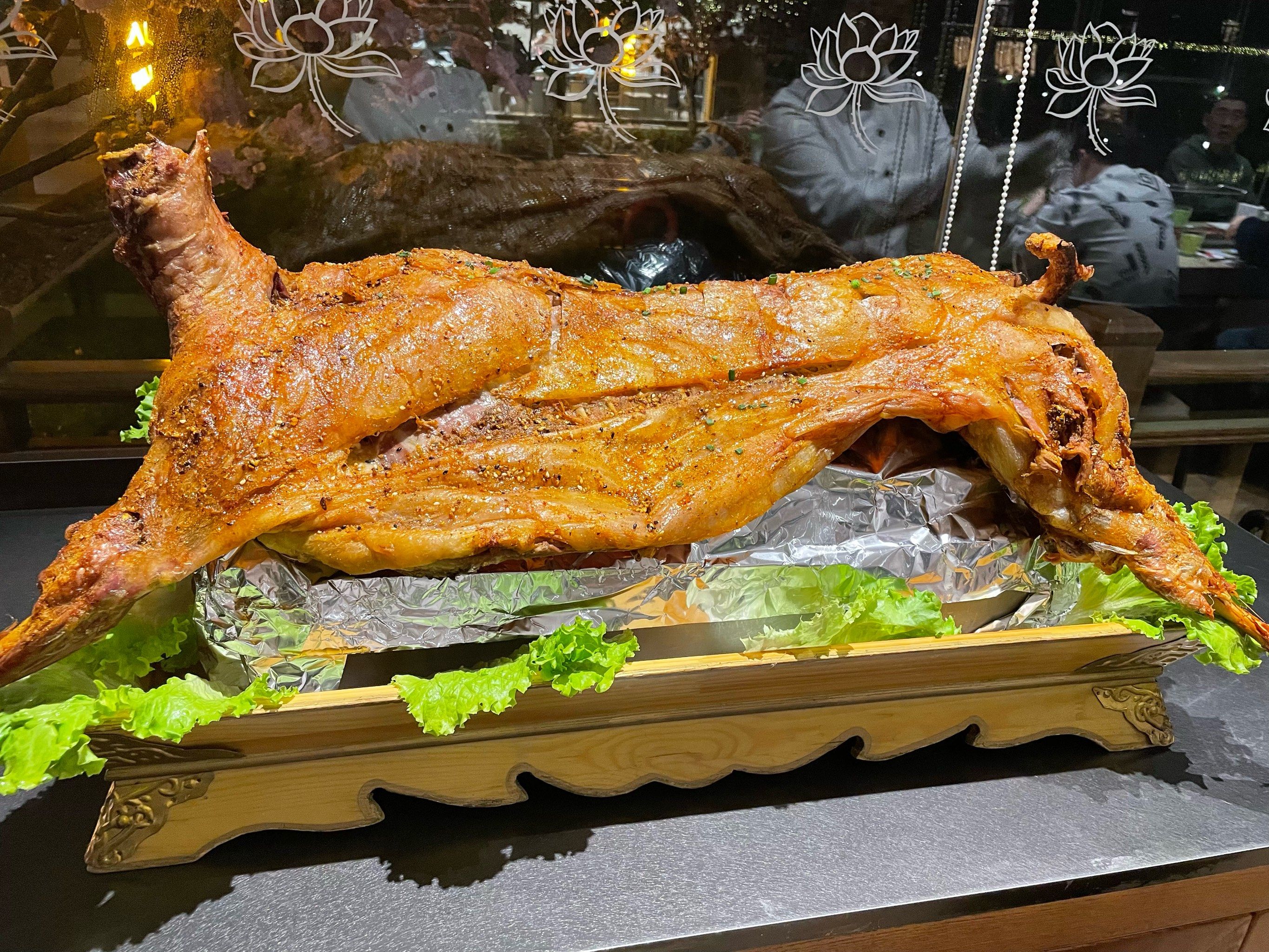
Traditional cuisine at the Nadam Festival
With the development of the times, while preserving traditional characteristics, the Nadam Festival has continuously incorporated modern elements, radiating new vitality. Today's Nadam Festival has become an important platform for showcasing the charm of grassland culture, promoting ethnic unity, and regional development.
In the modern Nadam Festival, in addition to the traditional three competitive events, modern sports such as motorcycle racing, car rallies, and equestrian performances have been added, attracting more young people to participate. At the same time, cultural exchange activities have become more colorful, including grassland culture forums, intangible cultural heritage displays, and tourism promotions.
Furthermore, the Nadam Festival has become an important engine driving local economic development. By holding the Nadam Festival, it not only promotes the development of local tourism but also drives the prosperity of related industries such as specialty agricultural products and handicrafts, creating more employment opportunities and income sources for local residents.
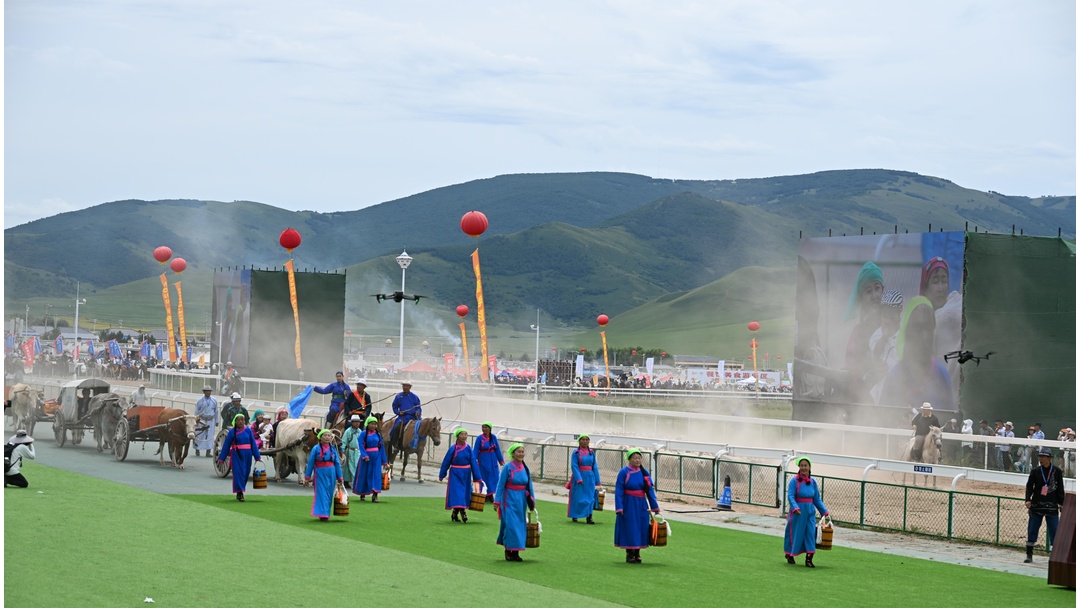
Grand scene of the modern Nadam Festival
For tourists who want to experience the charm of the Nadam Festival, the following information may be helpful: